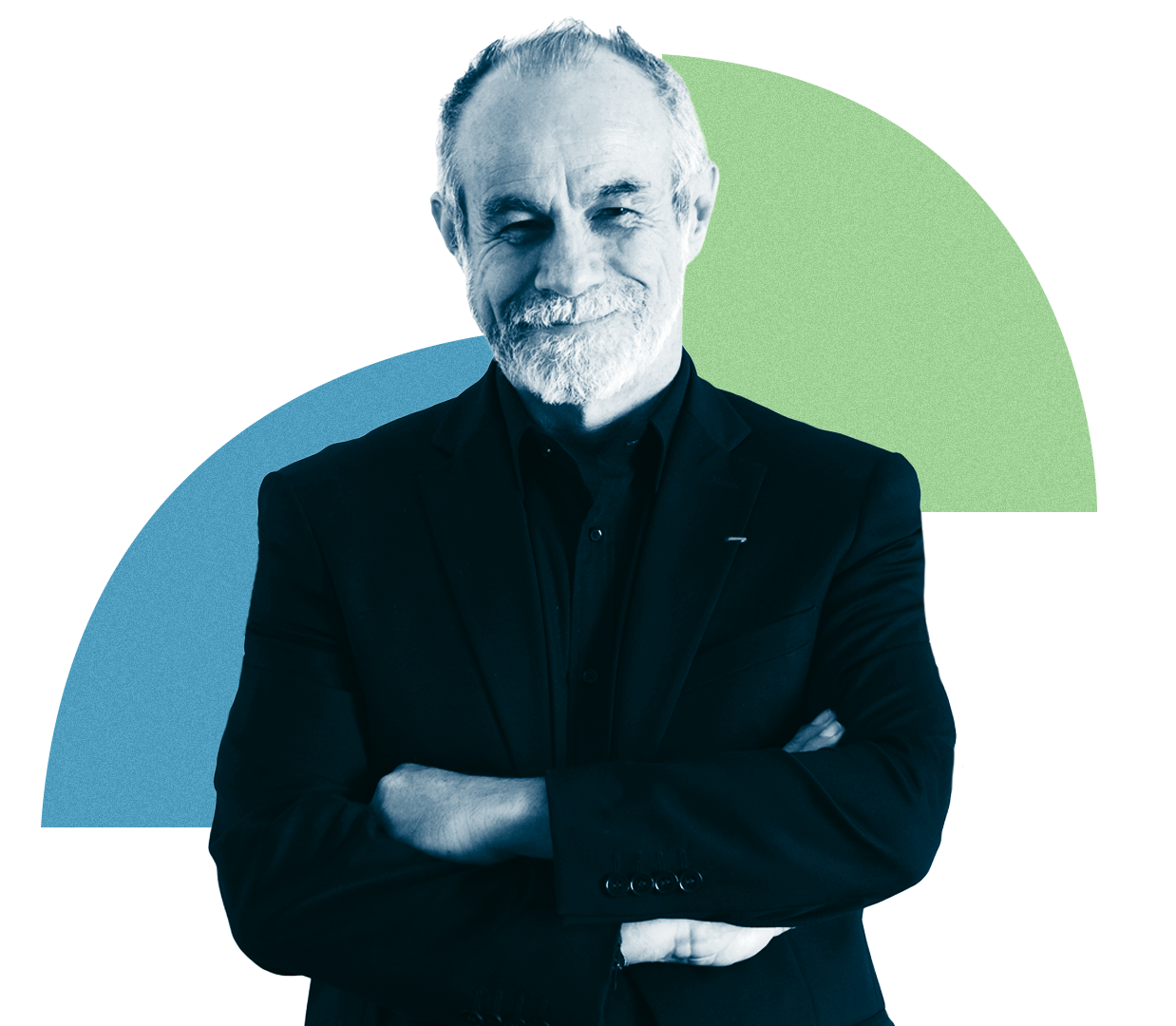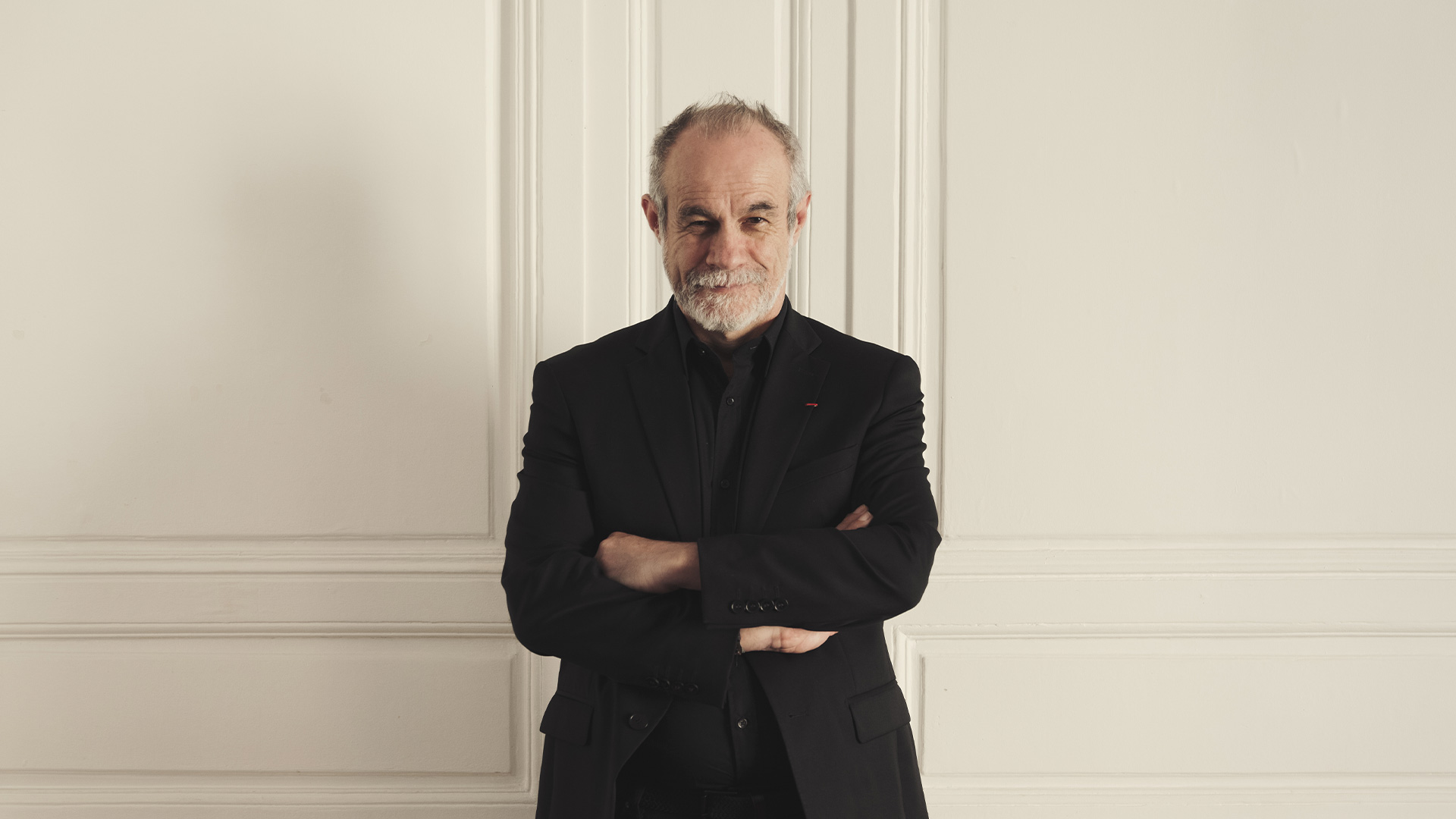
Carlos Moreno is a scientific director at the IAE Paris Sorbonne Business School and professor at the International Academy of Architecture.
He is best-known for being the creator of the 15-minute city concept, something Modus first interviewed him about back in July 2021, to find out how it might affect planning policy for surveyors.
Since then, his idea of how neighbourhoods could provide everything we need within a 15-minute walk of our front door has found itself at the centre of all sorts of online conspiracy theories. It has been variously misinterpreted as a means of keeping people in their homes or within imagined ‘zones’ of a city.
Fuelled by the lockdowns of the COVID-19 pandemic, that disinformation spread quickly. And what starts online often finds its way out into the real world. Moreno has received death threats and recently needed a security detail to visit Oxford University and give a talk.
However, undeterred by all of this, Moreno has continued to spread his urban planning message and his latest book, The 15-minute city, has been published globally. Modus caught up with him to find out if his outlook on the world and its cities has changed since we first spoke three years ago.
Modus: Has the way you summarise the 15-minute city concept changed since you first started writing about it in 2016?
Carlos Moreno: I've been continuously refining my summary since it was first presented in 2016. Over the years, I have deepened its principles, focusing on its potential to create urban environments that are ecologically liveable, economically viable, and socially equitable, where essential daily necessities are accessible within low-carbon proximity.
When did you first become aware that the concept had become the subject of various online conspiracy theories? And what surprised you most about the negative reaction to 15-minute cities?
Like everyone else, I saw the emergence of false information and conspiracy theories online and on social networks, with hijackers tagging me and the #15minutecity. Many journalists started asking me for my opinion, my response, and my counterarguments. I'd like to thank the press and the fact-checkers who did a good job. They demystified the ranting and abuse.
The extent of the misinformation and misinterpretations that distorted the concept shocked me. But what surprised me most was the violence and hatred of these groups, their insults and attacks on my history, my work and my person.
These are fertile times for populism, climate scepticism, anti-vaccine conspiracies, and so many other dark sides. In the 12th century, the Andalusian sage Averroes said: “Ignorance breeds fear, fear breeds hatred, hatred breeds violence.” It's still the same equation nine centuries later.

“The extent of the misinformation and misinterpretations that distorted the concept shocked me” Carlos Moreno, creator of the 15-minute city
Have the online conspiracy theories had the adverse effect of drawing more attention to what a 15-minute city is actually supposed to be?
These conspiracy theorists are a reflection of a world gone wrong, with fear and violence running rampant and ignoring science and education.
Fortunately, in parallel with the investigative media, the global scientific community has also mobilised, and most importantly, mayors, local governments and organisations of mayors and institutions have appropriated the concept to implement it and bring it to life. This is my greatest satisfaction, and it's worth all the infamous threats, including death, that I and my family have suffered.
Which cities around the world are already good examples of the 15-minute city?
Several cities worldwide are already embracing elements of the 15-minute city concept. In my latest book, I take a world tour of the towns and cities on every continent, large and small, including rural areas, that have embarked on this path.
Of course, I'm talking about Paris and Milan, pioneer cities, but we also have Oxford in the UK, which has courageously been at the forefront, Dublin in Ireland, Athens in Greece, and a small town like Pleszew in Poland with 15,000 inhabitants. The list goes on.
We have a European programme, Driving Urban Transition (DUT), which focuses on this theme and has issued a call for projects for the second time. Dozens of towns and cities are participating.
We also have many examples in North America, with programmes starting up in Cleveland, Portland, Seattle, New Orleans, Chicago, Boston, Canada, Vancouver, Edmonton, Montreal, and Ottawa. In Latin America there is Buenos Aires, Bogota, Curitiba, Santiago de Chile, Guadalajara, and many others.
What future trends do you foresee in the evolution and adoption of the 15-minute city concept?
We are working to help mayors and local governments deploy the concept in contexts that vary widely in size, density, socio-economic factors, cultural, geographical and political environment.
We have several avenues to explore. The first is the activation of local economies. The war in Ukraine and the Middle East, and the uncertainties associated with the current energy and economic crisis and difficulties, are all conducive to adopting our model in this new geographical economy of happy proximity.
The second is citizen participation, which involves working with local people to help them overcome their fear of change. To this end, we have created educational tools, such as Fresque des Proximités (Fresco of Proximities) workshops.
“Several cities worldwide are already embracing elements of the 15-minute city” Carlos Moreno, creator of the 15-minute city
What advice would you give to policymakers, urban planners, and community leaders who are interested in implementing the 15-minute city concept in their own cities or neighbourhoods?
They need to keep in mind that this is a vision for a better society that requires both effective short-term actions and long-term solutions. The 15-minute city is a comprehensive, holistic transformation project.
Firstly, prioritise community engagement and participatory planning processes to ensure that diverse voices are heard and considered. Secondly, invest in sustainable infrastructure, prioritising active transportation modes and green spaces. Thirdly, foster collaboration among various stakeholders, including government agencies, businesses, and residents, to co-create inclusive and resilient urban environments.
Finally, continuously evaluate and adapt strategies based on feedback and evolving urban dynamics to ensure the long-term success and relevance of the 15-minute city concept.


